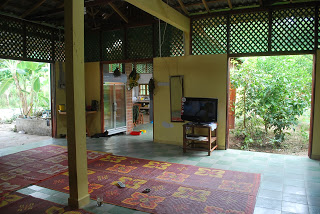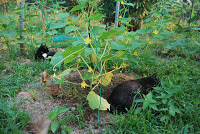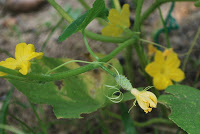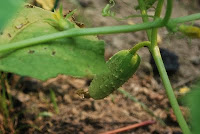Syawal September Market
It has now been a year since I started doing Sunday morning market at Sg. Penchala – although I did take Ramadhan off. Alhamdulillah, there has been progress since the start. We are getting the rhytmn for our activities and with the house almost done, we can focus more on farm production. I am often asked what do we take to market and I thought it would be fun to have a pictorial description. On last Saturday, I took out my camera and started capturing all the items that we were taking to the market.
 |
| Bunga Kantan or Ginger Torch |
A must if you are cooking laksa, the bunga kantan is harvested a day before market to preserve freshness. To store, I find that it is best to store with about 1 cm of water in the fridge or chiller.
 |
| Ulam Raja |
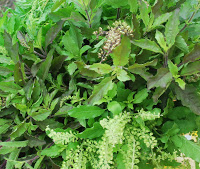 |
| Ruku and Selasih |
 |
| Bunga Betik |
 |
| Sweet Potato leaves -the reddish/green version and the all green |
The ubi keledek or sweet potato leaves are a great option for leafy vegetable alternative. It is harvested two days before market and kept in container with its stem soaked in about 1 cm of water. It can be cooked in the similar manner that you cook kangkung.
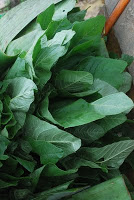 |
| Bayam kampung or broad-leaf spinach |
The green broad-leaf spinach loves rich, organic soil and is harvested the day before market day and kept in a cool, moist environment to retain freshness.
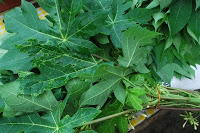 |
| Papaya shoots or pucuk betik |
 |
| Cassava shoots or pucuk ubi kayu |
Two types of cassava shoots or pucuk ubi kayu are sold at the market. One variety is a thinner and sharper shape and the other is a broader shape. Once harvested the day prior to market, it needs to be kept cool or it will wilt rather quickly. These shoots emit heat so it is left overnight in the cool air.
 |
| Terong pipit |
This variety of aubergine a.k.a. terong pipit is harvested a couple of times of week – Wednesdays and Saturdays – at their prime. It is kept in the chiller until Sunday market.
 |
| Daun salam shoots |
This Indian Basil or daun salam shoots are harvested on Saturday for market.
 |
| Terong telunjuk and terong bulat |
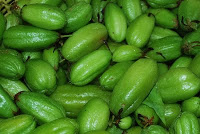 |
| Belimbing besi |
 |
| Tapioca or ubi kayu |
 |
| Lemon basil or kemangi |
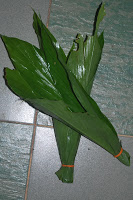 |
| Tumeric leaves or daun kunyit |
 |
| Lemongrass or serai |
The tumeric leaves or daun kunyit as with the other leafy produce is harvested a day prior to market day for freshness. Whilst the lemon grass or serai is harvested two days prior to market – more because it is time consuming to process it ready for market – and also because it can be kept fresh easily.
 |
| Pumpkin or labu |
 The eggs are collected during the week, jsut after is is laid and is sold weekly. Similarly with the pumpkin, it is harvested as and when it is ready and stored for market day.
The eggs are collected during the week, jsut after is is laid and is sold weekly. Similarly with the pumpkin, it is harvested as and when it is ready and stored for market day.
 |
| Pisang Kapas |



